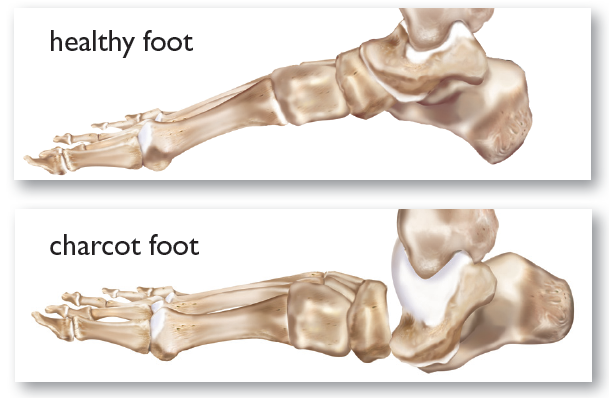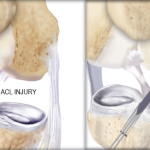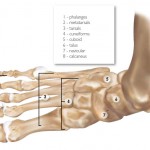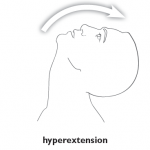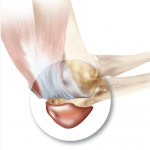Charcot foot is a degenerative disease that most often affects those 50 and older, as well as those who have had diabetes for more than 20 years. This condition affects the joints of the feet. It is associated with nerve damage that results in the decreased sensory abilities, such as loss of the ability to feel pain and control movement of the foot. Numbness in the foot can allow patients to experience repeat trauma to the foot that may go unnoticed, causing progressive damage to bones, cartilage and ligaments.
The primary risk factors of Charcot foot are diabetes and peripheral neuropathy. The onset of Charcot foot can develop rapidly and be triggered by a minor injury such as twisting the ankle. Since the pain receptors have been damaged, many times a person will continue to injure the foot without realizing it. Symptoms to be aware of include: dislocation of the joint, redness, swelling, instability of the ankle and misalignment of the bones at the joints of the foot. Once the joints have become dislocated, they are left vulnerable to degenerative joint disease. In severe cases, bones will grind onto one another allowing damaged cartilage and bone fragments to lodge into the joints, causing deformity of the foot. Joint dislocation, overgrowths and fractures can occur in very severe cases and cause the bones of the foot to collapse and destroy the arch of the foot.


